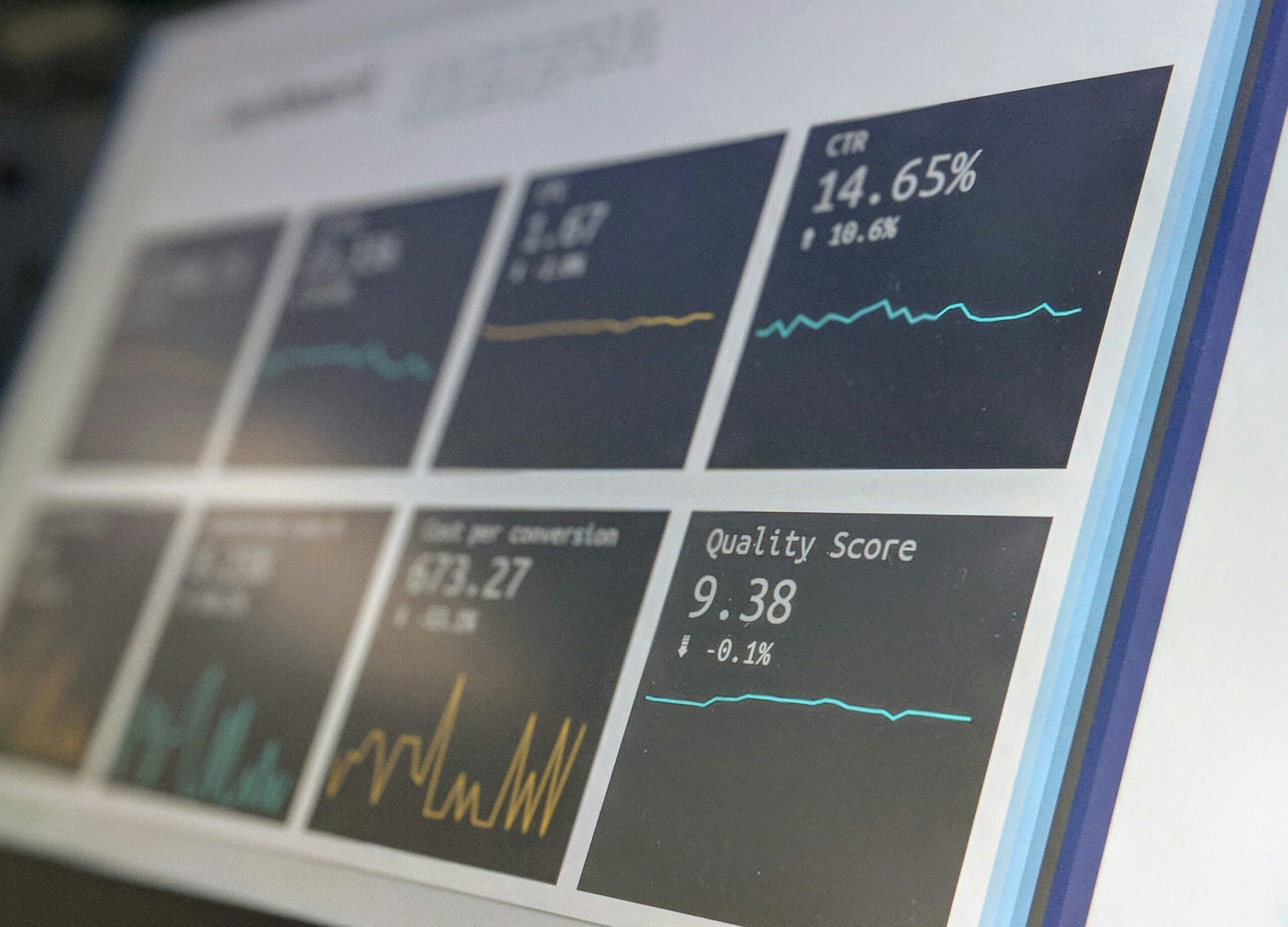Backlinks remain a crucial element for improving search engine results and establishing your website as a thought leader in its niche. High-quality backlinks boost your search engine optimization, credibility, visibility, and overall user experience. This article explains how to identify, evaluate, and maintain superior backlink sources using various strategic approaches and tools.
Key Takeaways
- High-quality backlinks from authoritative and relevant websites significantly boost SEO, credibility, and organic traffic.
- Strong backlink sources are defined by high domain authority, contextual relevance, steady traffic, and editorial integrity.
- Effective strategies include guest posting, relationship building, competitor analysis, and engagement in niche communities.
- Tools like Ahrefs, Moz, and SEMrush help uncover valuable backlink opportunities and monitor link profile health.
- Maintaining a diverse, credible backlink profile through regular audits and disavowals safeguards long-term SEO growth.
Defining Top-Tier Backlink Sources for SEO Impact

High-quality backlink sources come from reputable, relevant, and authoritative websites. They are the backbone of an effective link building strategy because they pass significant link equity to your landing pages, improving your rankings. Top-tier backlinks are defined by high domain authority, industry relevance, steady organic traffic, and a natural link profile.
Characteristics of Authoritative Backlink Opportunities
Authoritative backlink opportunities are marked by trustworthiness, content relevance, and visibility. These links come from sites with robust domain authority, regularly updated content, and a large, engaged audience. For instance, a backlink from a respected industry blog or major news website reinforces your domain’s credibility.
Differentiating Good Links From Detrimental Ones
Good links improve your ranking and are typically acquired naturally from content-rich, well-maintained websites. In contrast, detrimental links obtained through low-quality or spammy practices can harm your SEO. Regularly monitoring your link profile is essential to avoid associations with link farms or unrelated, low-authority sites.
The Role of Relevance in High-Value Backlinks
Relevance means obtaining links from websites that are contextually related to your industry. When search engines see backlinks coming from thematically similar content, they view it as a vote of confidence. Focusing on relevant blogs, articles, or resources can yield backlinks that not only bring traffic but also bolster your authority within your niche.
Understanding Domain Authority and Page Authority Metrics
Domain Authority (DA) and Page Authority (PA) are metrics that predict a website’s ranking potential. Measured on a scale from 1 to 100, these scores are based on factors like link equity and content quality. Backlinks from sites with high DA and PA provide more “link juice” and signal search engines to trust your website.
How Link Equity Flows From Superior Backlink Sources
Link equity, often called “link juice,” flows from credible sources to your website, enhancing its SEO value. Superior sources have established credibility and significant traffic, distributing a larger share of their authority via outgoing links. Maximizing this link equity is key to boosting your ranking potential.
Locating Premier High-Quality Backlink Sources

Identifying premium backlink sources requires research, outreach, and analysis. Focusing on reputable industry publications, authoritative blogs, governmental and educational domains, and niche community forums can yield inbound links with a strong SEO impact, while also enhancing your brand’s trustworthiness.
Identifying Reputable Industry Publications for Outreach
Industry publications cater to audiences interested in your niche and maintain strict editorial standards. Securing a backlink from such a site not only provides link equity but also exposes you to a targeted audience. Effective outreach starts with identifying top publications within your industry and tailoring pitch emails to highlight mutual benefits.
Finding Guest Posting Opportunities on Authoritative Blogs
Guest posting on authoritative blogs is an effective way to secure quality backlinks. Successful guest posts provide genuine value to the host blog’s readers and naturally incorporate a backlink to your website. This approach builds authority and fosters long-term relationships with industry influencers.
Securing Links From Educational and Governmental Domains
Links from educational (.edu) and governmental (.gov) domains carry high trust and authority. These domains are rigorously maintained, so even one backlink can significantly impact your profile. Approaches include collaborative research, sponsorships, or offering expert content that aligns with the institution’s mission.
Tapping Into Niche Forums and Communities for Quality Links
Niche forums and communities offer an excellent environment for building contextual relevance. Participants in these groups share valuable content and resources, naturally generating high-quality links. Engaging in these communities also increases your brand’s visibility among a targeted audience.
Using Competitor Analysis to Uncover Prime Backlink Sources
Analyzing competitor backlink profiles with specialized SEO tools can reveal effective sources. By identifying domains that benefit your competitors, you can target similar sites for outreach. This strategic approach ensures that your efforts are both effective and efficient.
Strategic Approaches to Acquire High-Quality Backlinks

A multifaceted strategy is essential for acquiring backlinks from quality sources. Combining natural relationship building, expert outreach, and content creation results in sustainable backlink growth and reinforces your SEO strategy.
Building Relationships for Natural Link Acquisition
Strong relationships with industry influencers, journalists, and content creators naturally lead to high-quality backlinks. Social media engagement, networking events, and regular communication can result in spontaneous mentions and collaborative projects that enhance your link profile.
Creating Link-Worthy Content That Attracts Quality Backlinks
Creating exceptional, data-driven content that addresses industry pain points is key. Formats like infographics, comprehensive guides, and case studies tend to generate organic links because they provide clear educational value. When your content resonates, reputable sites are more likely to link back to your resource.
Effective Outreach Methods for Securing High-Value Links
Personalized outreach is critical. Using well-crafted email templates that highlight mutual benefits and specific improvements can significantly boost your success rate. Referring to the target site’s content in your emails builds credibility and increases the chance of securing a valuable backlink.
Recovering Lost High-Quality Backlinks for SEO Preservation
Backlink profiles can fluctuate, and lost links may impact your SEO. Regular monitoring with analytics tools allows you to identify missing links promptly. Reaching out to site owners to restore these links helps preserve your established link equity and online reputation.
Participating in Relevant Industry Roundups and Interviews
Industry roundups and expert interviews provide dual benefits: they boost your authority and secure backlinks from reputable publications. Being featured in such content not only diversifies your backlink portfolio but also reinforces your reputation as an industry expert.
Essential Tools for Identifying High-Quality Backlink Sources

Utilizing specialized tools for backlink prospecting is fundamental. These tools help analyze prospective sources, monitor competitor backlinks, and pinpoint content gaps. Key metrics such as domain authority and traffic insights guide informed outreach decisions.
Leveraging SEO Software for Backlink Prospecting
Tools like Ahrefs, SEMrush, and Moz allow you to gather detailed data on potential backlink sources. They reveal important metrics including domain authority, referring domains, and organic traffic—information that lets you refine your outreach strategy based on proven competitor successes.
Using Advanced Search Operators to Find Link Opportunities
Advanced search operators (e.g., “intitle:” and “inurl:”) can efficiently narrow search results for relevant guest post pages, resource pages, and link roundups. This approach uncovers hidden opportunities that might otherwise be missed, saving both time and effort during your campaigns.
Analyzing Competitor Backlink Profiles With Specialized Tools
Competitor analysis tools help you see where your industry rivals gain their backlinks. By understanding which domains are effective for them, you can tailor your strategies to pursue similar high-impact sources, optimizing your own content’s link equity.
Employing Content Research Tools to Spot Linkable Asset Gaps
Content research tools identify topics that competitors have not fully addressed but that have potential for attracting backlinks. Addressing these gaps with high-quality content creates valuable assets that draw natural backlinks from authoritative sites, establishing you as a top industry resource.
Evaluating Potential High-Quality Backlink Sources Rigorously

A systematic evaluation process ensures that each backlink contributes positively to your SEO efforts. This involves checking site credibility, engagement signals, and contextual relevance, and eliminating any links that might harm your profile.
Assessing Website Credibility and Trustworthiness
Evaluating potential backlink sources involves looking at domain authority, website age, and traffic quality. Credible sites feature high-quality editorial content and maintain a strong backlink profile of their own, ensuring that they pass significant link juice to your site.
Checking for Genuine Traffic and Engagement Signals
Traffic and engagement are key indicators of a site’s value. Tools like Google Analytics can provide insights into user behavior, such as session duration and bounce rates. Strong engagement signals, such as social shares and comments, affirm that the site’s audience finds the content relevant.
Reviewing Outbound Link Profiles of Potential Sources
A thorough review of a site’s outbound links can reveal whether it maintains a curated and reputable linking practice. High-quality sites typically link only to other authoritative resources, ensuring that the link equity they pass is meaningful.
Ensuring Contextual Relevance of the Linking Page
For a backlink to be truly valuable, the linking page’s content must relate directly to your industry or niche. This context reinforces your site’s relevance in the eyes of search engines and helps boost your authority on the subject.
Spotting Red Flags of Low-Quality Link Schemes
Remain vigilant for red flags such as an excessive number of links from low-quality directories or unnatural anchor text patterns. These indicators suggest potentially harmful link schemes that could trigger search engine penalties.
Maintaining a Healthy Profile With High-Quality Backlink Sources

Keeping an active, healthy backlink profile requires regular audits, disavowing harmful links, and ongoing cultivation of superior sources. This proactivity safeguards your SEO benefits and counters any negative trends.
Regularly Auditing Your Existing Backlink Portfolio
Conduct regular audits using tools like Google Search Console or Ahrefs to ensure that existing backlinks remain beneficial. This process involves checking link metrics and context to identify any that have degraded over time.
Disavowing Harmful Links to Protect SEO Performance
When harmful links are identified, using Google’s disavow tool signals to search engines that these links should not count toward your profile. Removing these associations downplays their potential negative impact on your SEO.
Focusing on Diverse Types of High-Value Backlinks
A diverse backlink portfolio minimizes risk. Combining links from educational domains, industry publications, niche communities, and guest posts ensures that even if one link source loses authority, others will continue to support your overall profile.
The Continuous Process of Cultivating Superior Backlink Sources
Backlink acquisition is not a one-off task but a continuous effort. Regularly updating content, refining outreach strategies, and nurturing industry relationships are critical to maintaining a resilient and growing backlink profile.
Measuring the SEO Success From Acquired Quality Backlinks
Monitor changes in organic traffic, search rankings, and domain authority to gauge how well your backlink strategy is performing. Using advanced SEO tools, track performance over time and adjust your approach based on measurable results.
Frequently Asked Questions
What makes a backlink high-quality?
A high-quality backlink comes from a reputable and relevant source with high domain authority and genuine traffic, providing significant link equity.
How often should I audit my backlink portfolio?
Audit your backlink portfolio monthly using tools like Ahrefs or Google Search Console to quickly identify and fix any issues.
Can competitor backlink profiles help in my link building efforts?
Yes, analyzing competitor backlink profiles reveals effective sources you can target to enhance your SEO performance.
How can I recover lost high-quality backlinks?
Regular monitoring and proactive outreach to website owners can help recover lost backlinks, preserving their SEO benefits.
Are links from educational and governmental domains more valuable?
Absolutely. Links from .edu and .gov domains are highly trusted due to their rigorous standards and inherent authority.
Conclusion
High-quality backlinks are vital for any robust SEO strategy. By understanding their characteristics, locating premier sources, employing strategic acquisition methods, and rigorously evaluating each link, businesses can significantly enhance their online visibility and credibility. Regular audits and proactive outreach ensure your backlink portfolio remains a consistent contributor to search engine success. Adopting a continuous, methodical approach to backlink cultivation will solidify your site’s reputation as a credible and authoritative resource in today’s competitive digital landscape.
